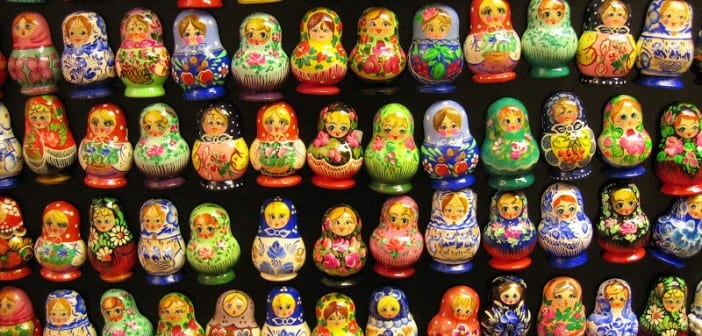The Soviet Union became the first country to legalize abortion in 1920, and since then has seen a progressive decline in population. Stalin was one of the first to realize the repercussions of abortion on the population and the economy. He banned abortion in 1936 to stimulate the birth rate, reasoning that Russia needed to produce more hard workers in order to build the economy. However, this decision was unpopular with the Russian people who had already accepted abortion as their way of life. In 1955, abortion was again legalized in Russia, and has cemented itself in the culture.
Abortion is the primary type of birth control used by the women of Russia. Every woman in Russia has an average of four abortions in her lifetime, which leads to other fertility complications, including a higher risk of the woman becoming sterile and death of the mother. The large number of abortions in Russia has led to a vast reduction of the population. When abortion is seen as the cultural norm, the society responds by seeing children as a burden. In fact, the cultural vision of the perfect family consists of only one or two children now, which has led to further constrictions on the part of the woman to prevent full-term pregnancies.
This cultural change is reflected in the country's low birth rate of 1.2 children per couple, compared to a minimum 2.0 birth rate required to sustain a population. Vladimir Putin, the Russian prime minister, called the diminished population a “creeping catastrophe”. To counteract this long-term trend, Russia instated a program in 2006 that paid couples $9,700 to have a second child. This money is paid to the parents after the child reached 3 years of age and is limited to expenses benefiting the child. However, this seems to be too little and much too late. While Russia's population still exceeds 145 million, the multitudes are shrinking by 700,000 annually.

